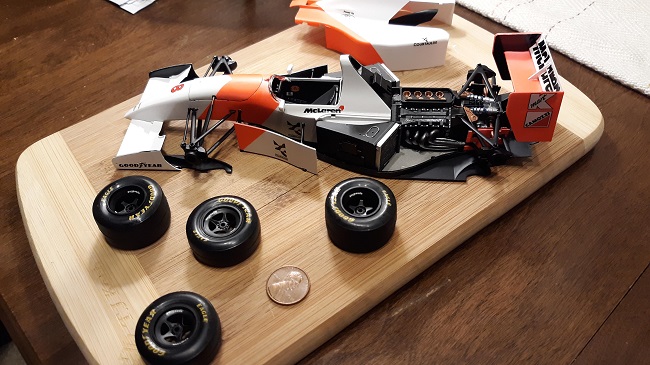As someone who recently got into the RC hobby and just finished making their own RC car, I found that it wasn’t as easy as I thought. Although my build was eventually successful, I spent a lot of time looking for tips and watching guides online. If you’re like me and are looking to build RC car models from scratch, there are many things to pay attention to so you don’t waste that much time looking for the right kit and learning how to build an RC car at home.
The Best Brands

There are hundreds of different RC vehicle brands nowadays, but the ones that are still at the top, in terms of quality and performance, have been there for a few decades now. Tamiya, for example, is a brand with a proven track record of over 30 years. If you decide to build RC car models from Tamiya, you can expect to pay a little more money upfront, but you probably won’t have to replace any parts for quite a while. Tamiya vehicles are considered slower than other vehicles from top brands due to their classical, low-tech designs.
Then, there’s Traxxas, another manufacturer with many years of experience in the field. Traxxas vehicles are durable, fast and high-quality. If you buy a Traxxas RC vehicle, you won’t have to think about replacing any parts for a long time either. However, these vehicles are even more expensive than Tamiya, and they don’t always come with a charger and a battery pack, even the RTR models. HPI is another popular brand and its products have similar prices as the ones of Traxxas. They also feature decent quality parts.
Ready-to-Run vs. RC Kits

No matter what brand you decide to go for, you’ll need to decide whether you want a ready-to-run model or you want to build the model yourself with a kit. Kits were more popular in the early days of RC vehicles, but nowadays, ready-to-run models are taking over simply because you don’t have to do anything besides putting in the batteries and get rolling. However, this also means that you don’t get the opportunity to learn the technical and mechanical structure of your RC vehicle by assembling it yourself. RTR models usually come with basic running equipment so that they remain affordable, but more and more manufacturers are including top-shelf equipment as well.
On the other hand, if you like the idea of assembling the RC vehicle yourself, you should definitely go for a kit. Inside the kit, you’ll find all the parts that are numbered or labelled to correspond with the assembly steps outlined in the manual. Some kits include complicated parts, such as differentials, shocks and turnbuckles that are already put together. Other kits can even include electronic components. One of the major benefits of assembling your own RC kit is the ability to choose some of the parts you want.
Electric vs. Nitro-Powered RC Vehicles

Electric RC vehicles are the simpler type, and although electric powered RCs weren’t as powerful as their nitro counterparts in the past, motor and battery technologies have closed the gap. The lack of exhaust fumes and noise make them the most suitable choice for indoor use. These vehicles come with speed control which acts as the throttle by using the signal from the receiver to determine how much voltage it needs to send from the battery to the motor. Just like radio systems, speed controls can be either quite simple or feature-packed with adjustable parameters, like throttle curves, deadband and braking strength.
Furthermore, electric-powered RCs come with a battery charger. The batteries need to be compatible with the charger, so if you use LiPo batteries, you’ll obviously need a LiPo charger. The same thing applies to NiMH batteries and NiMH chargers. It’s important to charge the batteries properly so that you don’t deteriorate their performance and longevity.
Nitro RC vehicles, on the other hand, provide a more authentic experience as they produce exhaust fumes and a lot of sounds. However, when you’re learning how to tune and maintain a nitro engine, you need to be patient. Once you get the hang of it, however, nothing will beat the thrill and realism it offers. Nitro RC vehicles use fuels that are a blend of nitromethane, alcohol, oil and methanol. Different engines use a different percentage of each ingredient. Fuels that contain more oil can prolong engine life, whereas higher nitromethane and alcohol fuels provide more power.


